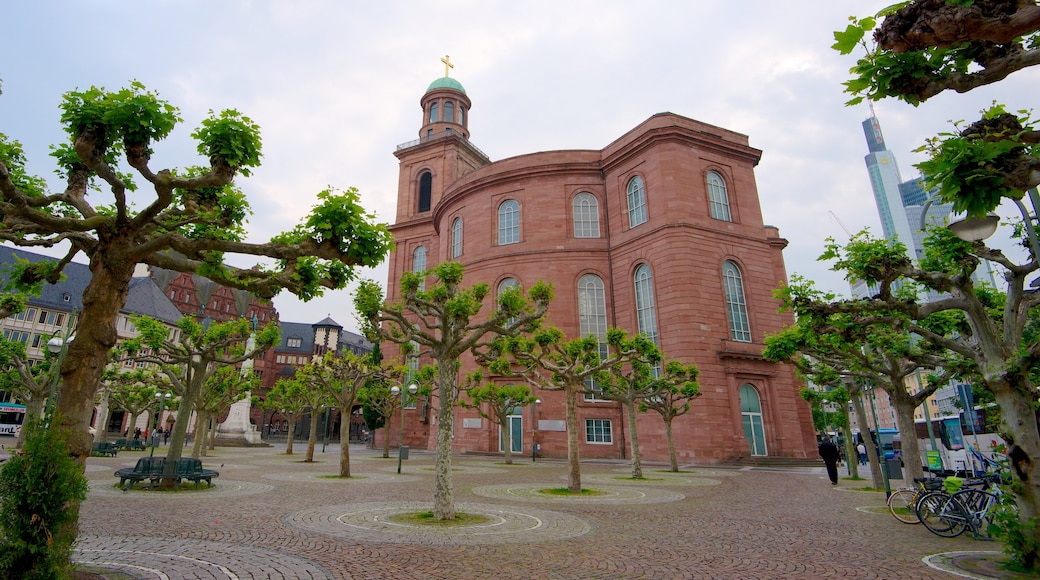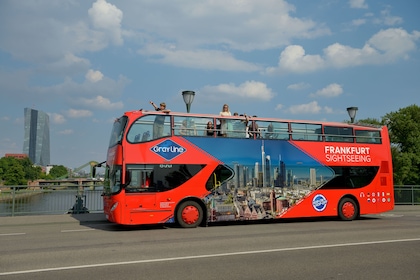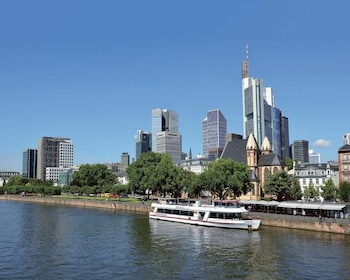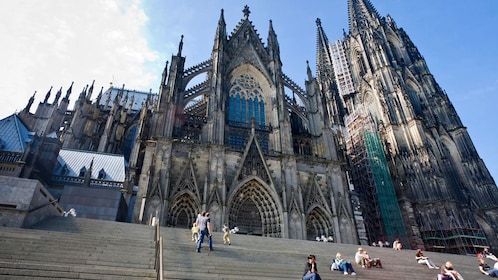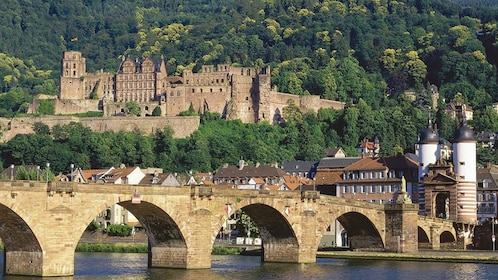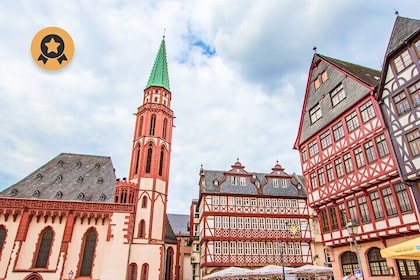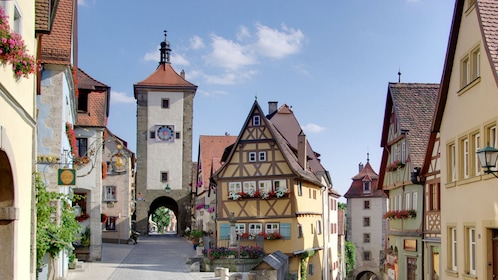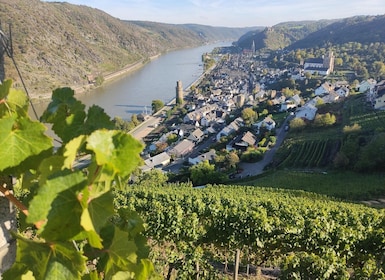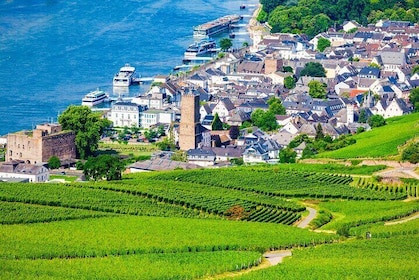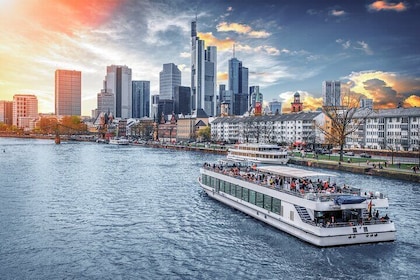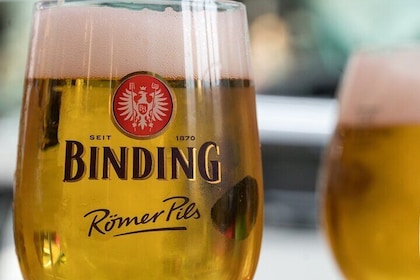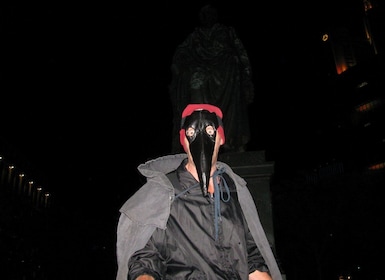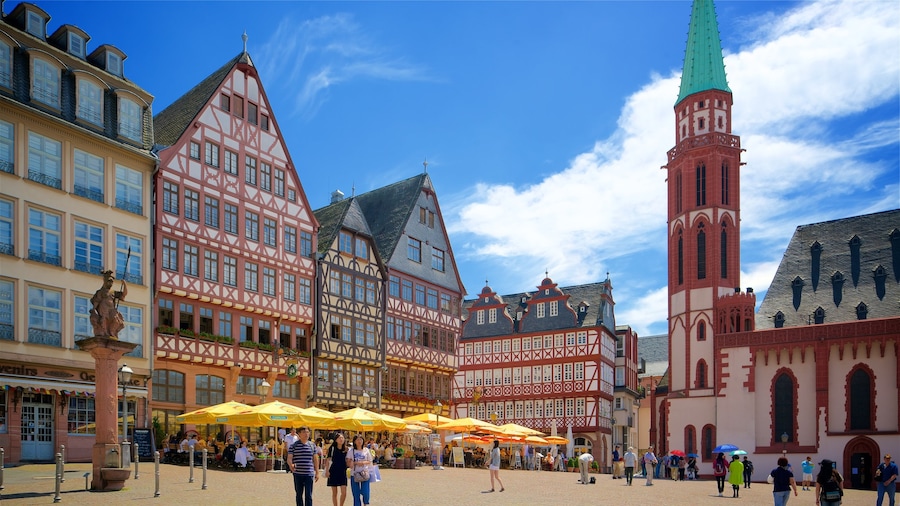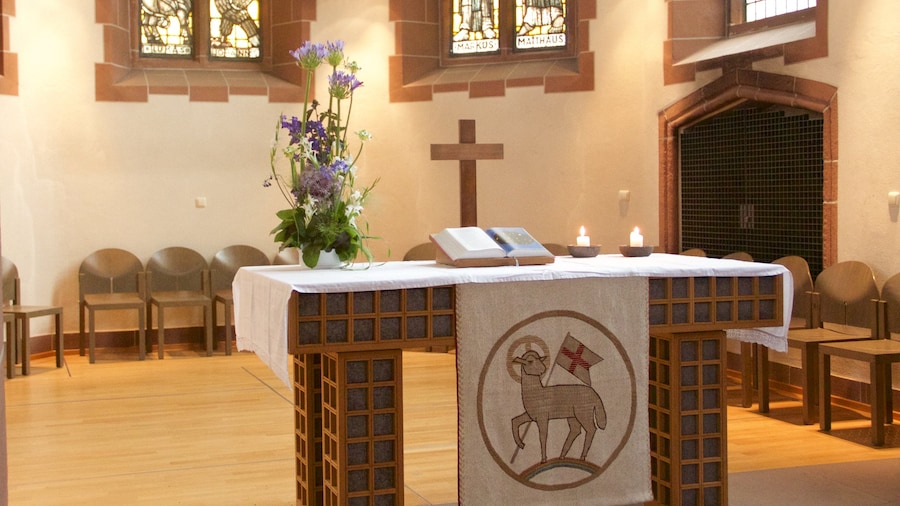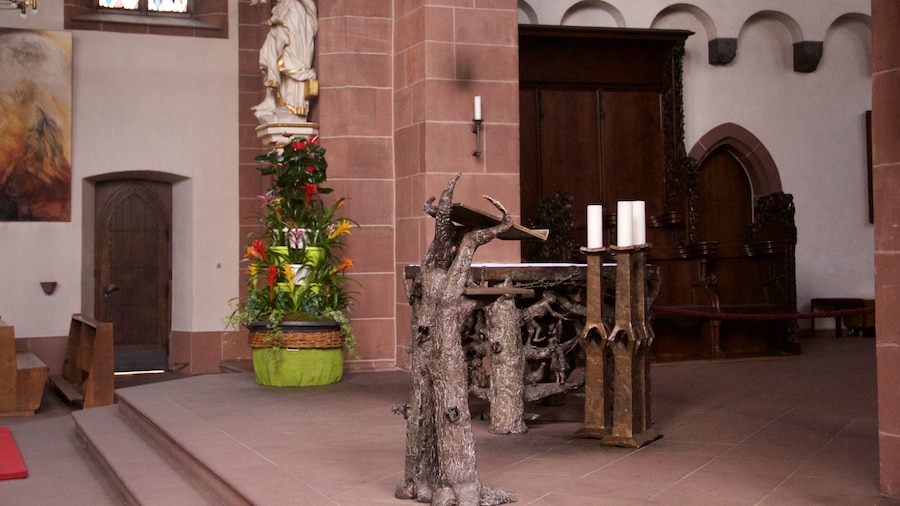The first democratic parliament in Germany was held in Frankfurt in 1848. Visit St. Paul’s Church to see where the country took this first step towards unification and a single democracy. Combine a trip to this 19th-century Lutheran church with a visit to the nearby Frankfurt Cathedral, were Holy Roman Emperors were crowned many centuries ago.
Stand in the square outside and admire the cylindrical design of St. Paul’s Church. The whole facade is decorated in simple red brick. Enter via the single clock tower at the front of the building. Inside, the main hall is huge and it’s not hard to imagine Germany’s politicians debating here more than 150 years ago. Today St. Paul’s isn’t used as a church but various events are held in the impressive space, including awards ceremonies. The prestigious Goethe Prize for literature is handed out here every three years.
Head down to the basement level to learn about the political history of Germany. Discover facts about the 1848 revolutions, how the country became unified and details of the first democratic parliament. Prior to 1848, Germany was made up of independent states and the people weren’t happy. The dissatisfaction led to popular revolutions and Germans demanding more political freedom and a unified state. The democratically elected parliament that began meeting in St. Paul’s Church wasn’t perfect by any means they didn’t enact a single policy, but it was the first step towards the democratic and unified government the country enjoys today.
See the mural that shows men wrestling before a line of politicians. This mural by artist Johannes Grützke is an interpretation of the path to the first parliament held here.
St. Paul’s Church is open every day and entrance to the hall and museum are free. Come by train from the Altstadt subway and walk the short distance through the Old Town. There is parking for a fee on Kornmarkt.
